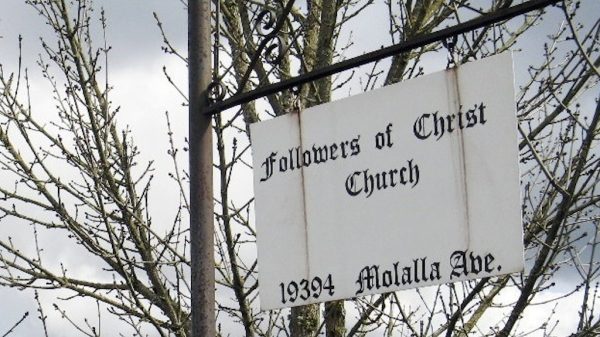The Hagia Sophia Cathedral in Istanbul, Turkey has lived a long life. Known as The Sanctuary of Wisdom, it was built in the 6th century CE (532-537). During its long life, it has served as a meeting point for many of the world’s religions, standing as a globally recognized symbol of both peace and power. Initially, it was another basilica, but it burnt down. A second basilica was built on top of that one, and it too burnt down. During the third construction, emperor Justinian I decided the then empire of Constantinople needed much larger and more majestic basilica than its previous forms. Serving as a singularly crucial religious center for Greek Orthodox Christianity, it bloomed into a similarly vital center for Greek Orthodox art.
When Constantinople fell to the attacking Ottoman forces on May 29, 1453, Sultan Mehmet II insisted it be turned into a mosque at once. The structure was filled with Islamic art and symbology right alongside its Orthodox Christian counterparts. It served as one of the primary centers for Islamic worship, spending roughly 500 years as a mosque that expanded both internally and externally. In 1935, the first ever Turkish president Mustafa Kemal Atatürk turned the building into a museum. Since 2018, Turkish president Erdogan has fought stubbornly to transform it back into a mosque, even going so far as to hosting the first Muslim prayer recited inside the Hagia in over 500 years.
Of course, no sacred place of Abrahamic worship passes through one’s mind without thinking of choirs and organs rumbling through the walls and columns – what some religious individuals would consider the voice of God embodied. Whether or not you are religious, the transcendental presence of music in a stunningly large cathedral is undeniable. As a religious and political center during the Byzantine empire, concerts were common during that time. If one could time travel 1,500 years back into the halls of the Hagia Sophia, you’d be met with a pre-electricity amber glow of candlelight, the smell of incense burning and the reverberating guttural bellow of an Orthodox Gregorian chant from a row of hooded monks. A sound so universally soothing and mystifying, audio scientists from Stanford decided it was high time to find a way to digitally replicate the acoustics of the Hagia.
The project was a monumental sonic achievement created during a collaboration between Stanford’s Center for Computer Research in Music and Acoustics, and Stanford’s Art & Art History Department. Using two omnidirectional microphones and a handful of popped balloons, the scientists created an digital platform, a Live Auralization Experiment that simulates and replicates the building’s natural acoustics. A graduate student at Stanford, Miriam Kolar, constructed a mathematical model of the rich resonant acoustics of the Hagia Sophia. Choral group Capella Romana performed a live concert of Byzantine era pieces like Prokeimenon in Mode 1. MS Patmos 221 (ca. 1162-1179) in Stanford’s Bing Concert Hall on February 1st, 2013 where the Live Auralization Experiment made its debut. By modern scientific and technological standards, this is the most accurate capturing of the sounds within the Hagia Sophia’s walls over 1,500 years ago. And goddamn is it good.













